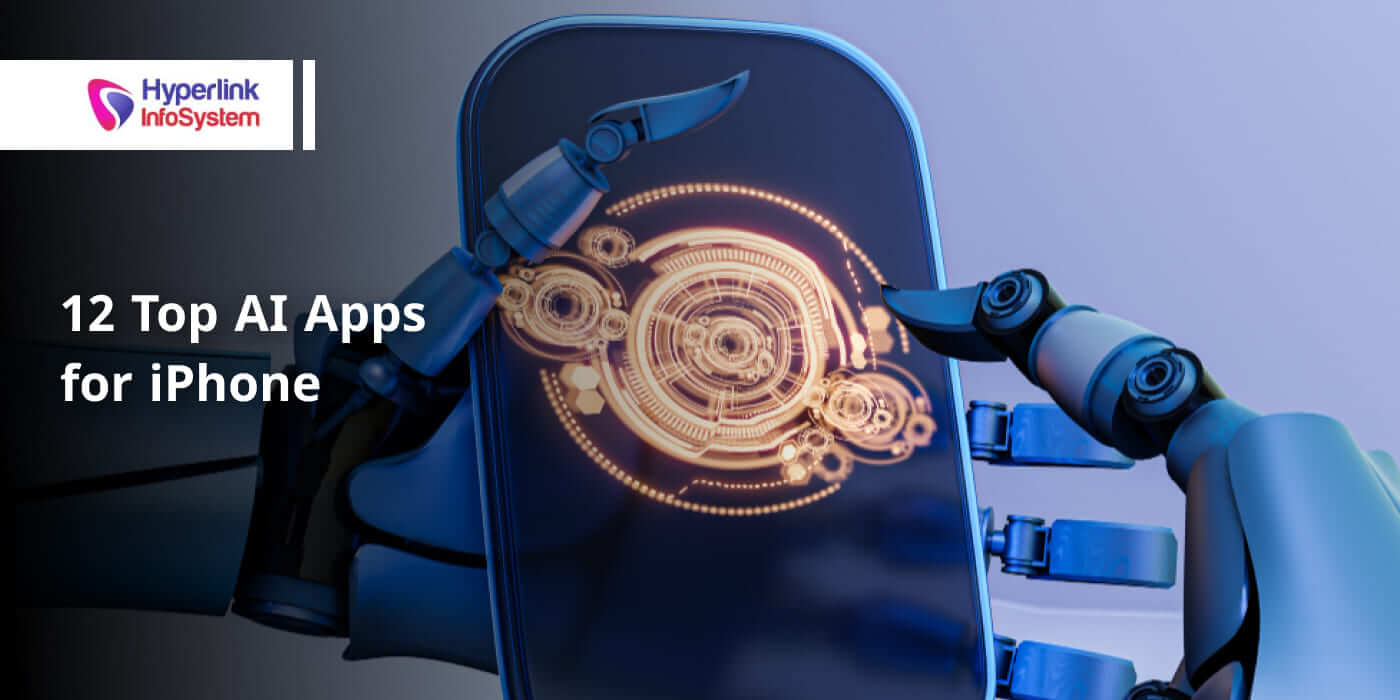What is the Freemium model?
The Freemium model is based on offering an application with free download and include some payment elements within it. The main objective is to allow users to test the application without any commitment. In this way, they can make sure that they will be really useful, and when they are familiar with the product, you can start offering payment options to improve the experience.
A Freemium model may be the best way to monetize a free application. Now, nobody says it's easy — quite the opposite. Getting a user to pay is complicated. In this survey by
AppAnnie, different companies were asked about the percentage of active users who had made a purchase in the application. The most common answer is that only between 0% and 5% paid to use the app.
The key is that we find the Freemium model that best suits our project. In order to do so, we will see different strategies or points of view from which we can focus on how to monetize a free application which developed by
app developers.
1. Freemium model based on functionalities
The first strategy is one of the most common: base the Freemium model on the functionalities of the application. You allow the user access to most of the app for free but blocking some features that have to be paid for. These features can be extra services or premium content.
This function-based model is used by many applications, but above all, it fits perfectly with the games. A game that has had and continues to be very successful with this model is Clash of Clans. It is based on creating an army from scratch to fight against other players. Gradually you build your clan based on creating houses, barracks, army, and other elements. With this strategy, they get you into the game during the first month so that you can play without paying. But suddenly, after this time, you realize that to continue progressing, you need to pay at certain times.
2. Freemium model based on user experience
The Freemium model can also base its payment functions on improving the user experience. Typically, in this model, a free application is offered with ads but giving the option of eliminating it by paying. This option can be given through another application in the "Pro" version or through a small payment that automatically eliminates advertising.
An example could be that of
uTorrent, a well-known torrent client that allows file sharing between users.
uTorrent uses a freemium model based on user experience. In this case, uTorrent uses a basic version and a "Pro" version with a cost of €2.99. Both versions fulfill the main function of the application, allow file sharing between users. Now, the big difference is that the basic version contains third-party ads, and the "Pro" version does not.
This way, any user can download the application and use it without paying. Anyway, those users who make great use of the app and, either for being grateful or because they are bothered by the ads, can opt to get the "Pro" version and eliminate that ads. This can then get a better user experience without third-party ads.
3. Freemium model based on usage
A very interesting modality for many applications is the use-based Freemium model.
In this case, the application by app development company offers its functions with certain limits. These limits may be related to the use in hours, use of the internet connection, or to the use of storage space. To see this model in a real case, cloud storage services are an example that fits perfectly.
Cloud storage is very fashionable lately. It helps in saving your files on an external server instead of your computer or mobile memory. This way, you can access all your data from any device with an internet connection. You also know that all your files are safe. It doesn't matter if you lose your computer, or it breaks, all your information will be stored securely on an external server.
These applications in their free version offer you certain storage for free. Google Drive is a perfect example of how to monetize a free application using the Freemium model based on usage. Google Drive offers users 15-gigabyte storage memory at no cost. Anyway, the moment you exceed this memory size, you will have to pay to get more capacity.
Imagine you decide to start saving all your information in Google Drive. You have been storing all your documents, images, and other files in the cloud for a year. You are delighted to be able to access all your data from any device without fear of losing it or having to be aware of making backup copies. However, suddenly, you exceed the 15 GB limit. What are you going to do? Are you going back to the traditional method? Sure, you value the service, and you end up increasing your quota, and you pay for it to continue enjoying the services.
4. Freemium model based on a free trial
Offering a free trial is a fairly classic model to monetize free applications and is also used outside the online world.
Surely you must have been offered a sample of a product in a store.
The brand that gives these samples believes that if you try their product, you will want to continue using it. Well, the strategy and objective is identical in the case of mobile applications.
Netflix is a good example of a platform that uses this model of freemium monetization. In case you do not know Netflix, it is a company that offers video services on demand. That is, pay to watch movies, series or documentaries from your computer or mobile devices.
Conclusion
The Freemium model, as long as it is well implemented and makes sense, is one of the most profitable when it comes to monetizing a free application.
Getting a user to pay within an application is a complex task. Therefore, you must analyze which Freemium model or strategy is best suited to your case.


























